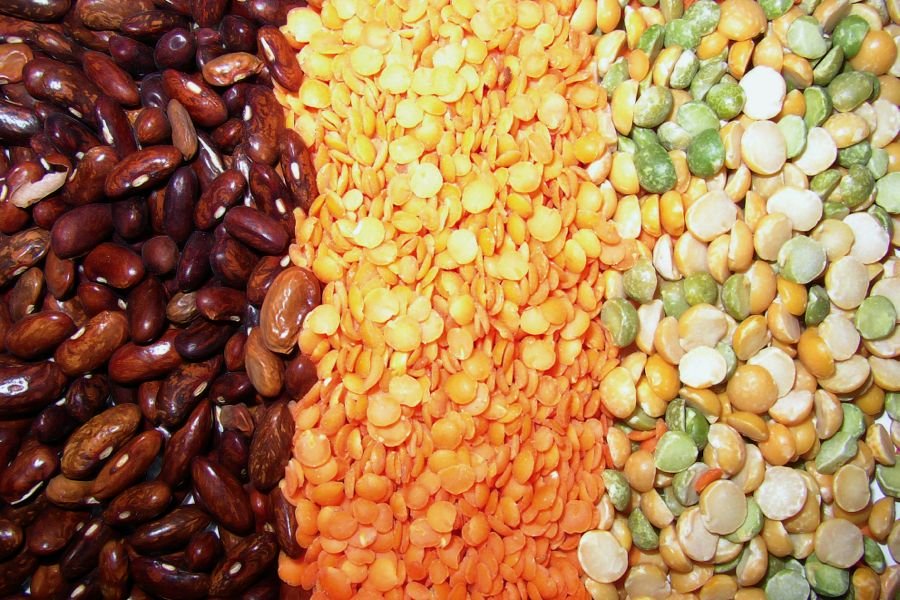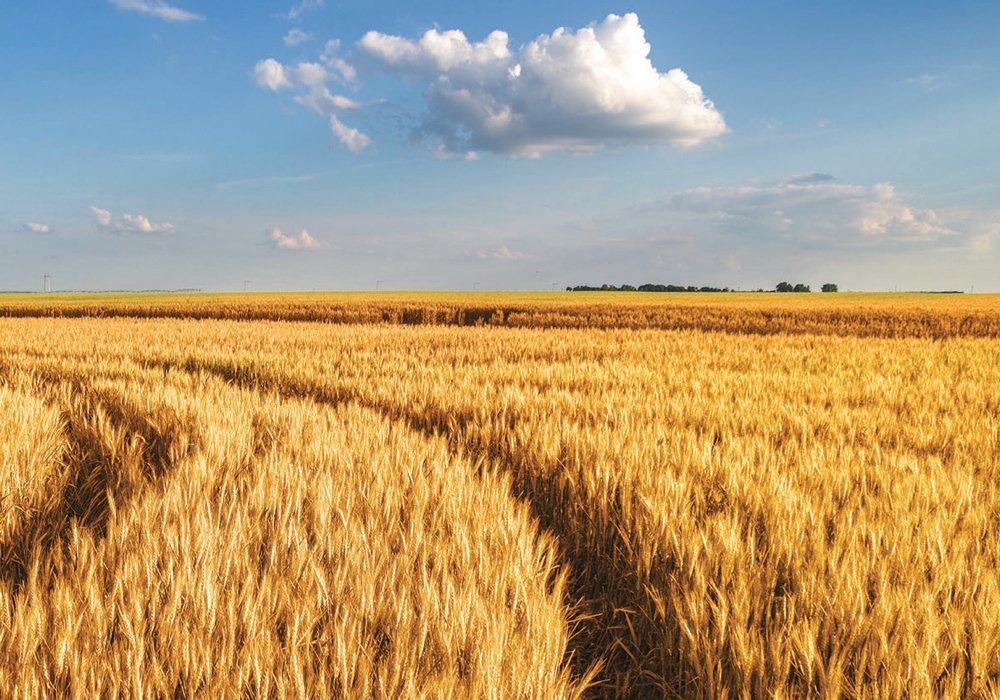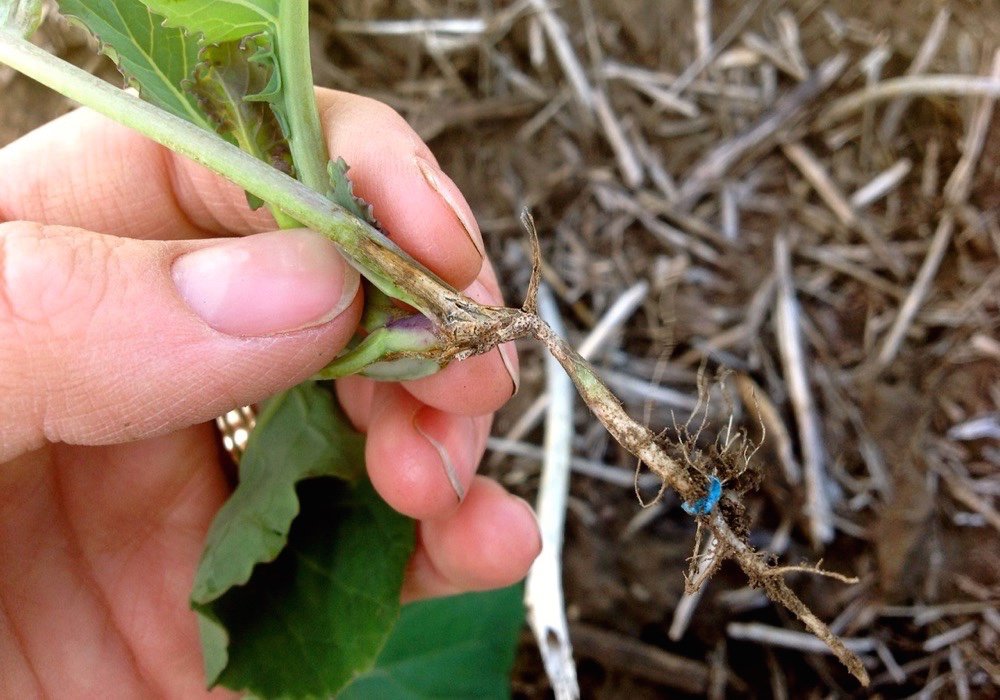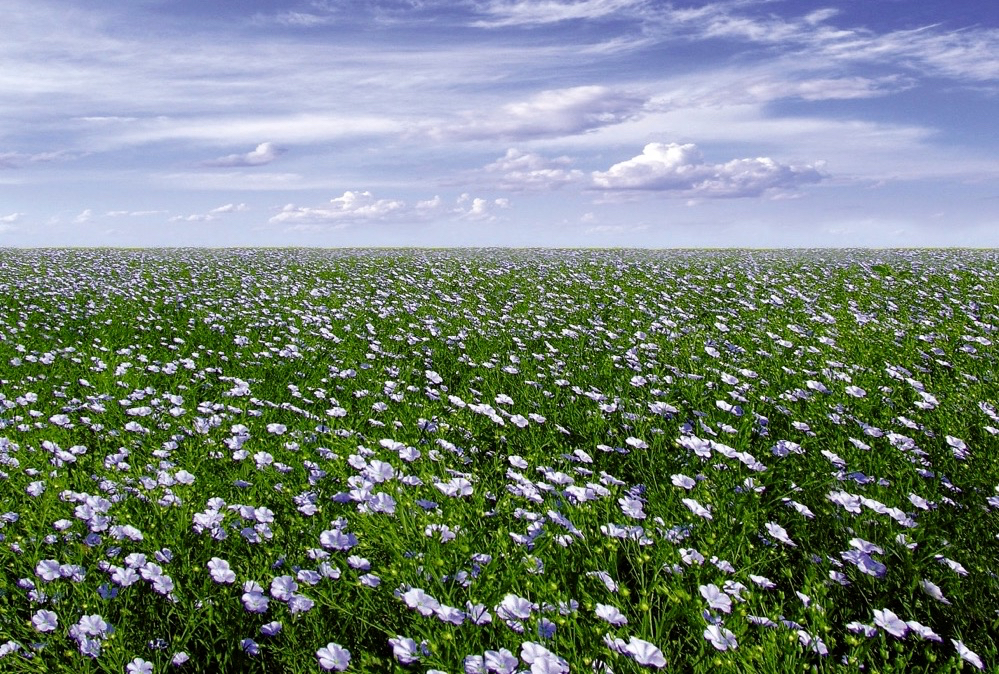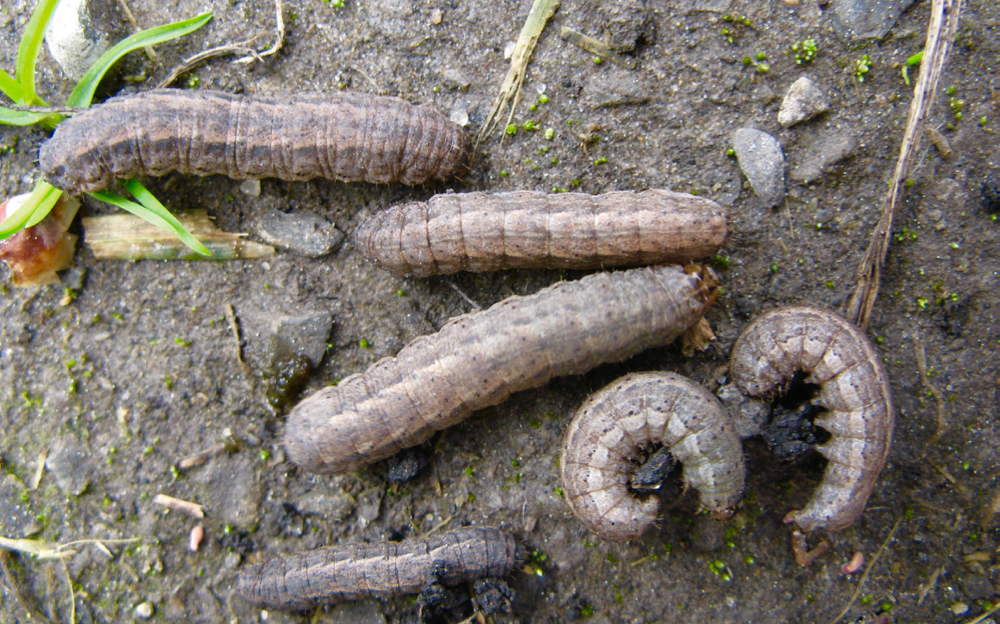Some harvest advice from agronomy pros for first-time soybean growers

For two-thirds of soybean producers in Saskatchewan last year, it was their first time growing the crop, with seeded acres up to 850,000 from just 239,939 in 2016. In Manitoba, soybean acreage jumped from over a million and a half acres to well over two million acres in 2017.
Estimated acreage is lower this year in both provinces, but many producers may still be new to soybeans. Here are a few pro tips to keep in mind during the harvest season.
1. Prepare your fields

Mark Sloane, a DuPont Pioneer seed dealer and agronomy consultant based in Clearwater, Man., says producers new to soybeans should start with ground prep the previous year.
“Trash management and field prep will leave a surface that will be favourable to the flex head,” he says. “We have rocks in our area so rolling either pre- or post-emergence is almost a necessity, so it’s important to think about strategies like using a previous crop (cereal versus canola) or potential cover crop that can be terminated with the first herbicide pass to prevent blowing on sensitive, finer-textured soils.”
2. Don't desiccate

Soybeans dry down really well on their own, so a desiccant is not necessary, according to Glenda Clezy, agronomy specialist for Saskatchewan Pulse Growers. Some Saskatchewan producers used to doing a pre-harvest dry-down application did desiccate their beans last year, she says.
But it’s only necessary to desiccate if producers have a lot of weed pressure and they want to manage them prior to harvest.
3. Hit the moisture window

According to Clezy, there’s a narrow harvest window when soybeans aren’t too wet or too dry — and producers can’t always judge moisture content by colour.
“Last year, because the season had been so dry, some of the green colour stayed on the seed coat, but the beans were actually mature and dry. Because they looked green, some producers were leaving them in the field too long,” she says. “When they took them off they were at 12 per cent or less moisture content, which means they were susceptible to mechanical damage.”
Soybeans can dry down very quickly. For producers with more acres, harvest can start at around 16 per cent moisture. “If you have more acres, if you start at 13 to 14 per cent, by the time you finish your last fields will be highly susceptible to mechanical damage,” says Clezy.
Producers with fewer bean acres can start harvesting around the 13 to 14 per cent window, she says. “It’s finding that balance.”
“In good conditions, beans will dry down very rapidly and a shift from 13 to 10 per cent can impact your marketable tonnes,” says Sloane. “That being said, there have been years when the beans are dry but the stems are moist and will wrap on the header reel. In that case you may have to wait a couple more days for things to dry down or else stop every couple of hours to cut off any wrapped stems.”
If soybean moisture is above 13 per cent at harvest, beans should be conditioned to bring moisture down prior to storage.
4. Direct combine, don't swath

“We recommend direct combining with a flex header instead of swathing,” says Cassandra Tkachuk, production specialist for Manitoba Pulse and Soybean Growers.
Losses will be too high if producers try to put the beans on the ground first and then combine, she says.
Clezy says most producers have got the message about straight-combining soybeans, but a few first-time producers in Saskatchewan did swath in 2017.
According to the SaskPulse website (www.saskpulse.com), soybeans can be swathed, but the crop shouldn’t be left in the swath too long because it’s easily damaged by rain. Producers who do choose to swath should combine the crop immediately to avoid a drop in quality, and the straw should be mature to reduce the number of pods in the sample.
5. Minimize losses

The Manitoba Pulse & Soybean Growers worked with the Prairie Agriculture Machinery Institute to come up with ways of minimizing losses during harvest. What PAMI found was that at combine speeds of two to four miles per hour, losses were minimal, but loss rates jumped up at five miles per hour.
Just four beans per square foot equals one bushel per acre of harvest losses, says Tkachuk, and ideally losses should be less than five per cent of total yield.
Because 80 per cent of losses occur at the header, MPSG has created an app called a soybean harvest loss assessor, available on its website, www.manitobapulse.ca, that offers a description of the different types of header losses.
“Soybeans are easy to combine, they’re easy to go through fast, but if you’re going to do that make sure you’re checking your losses,” warns Clezy.
In the Prairies, soybean pods are often very close to the ground, she says. “If you lose pods at the nodes close to the ground you’ve lost bushels.”
Sloane recommends setting your GPS on an angle with your seeding or planting rows to keep beans moving across the knife and feeding onto the header more uniformly, especially if you get into some shorter beans.
“Take the time to level the header,” Sloane adds. “Your travel speed will most likely be determined by your header’s ability to get those bottom pods and not your combine capacity. A well-adjusted header will allow you to travel faster in fields without leaving beans behind so take the time to set your header angle before you start.”
Tkachuk says producers should adjust cylinder speed and concave clearance to minimize cracking and splitting of the seed. She says PAMI also recommends using an air rail to minimize losses. Sloane cautions that air bars are nice when beans are shorter but can push more dirt into the combine.
6. Talk to your neighbours

When growing a new-to-you crop, knowledge is power. Both SaskPulse and MPSG host up-to-date production resources on their websites.
But Clezy also says if producers are growing soybeans for the first or second year, they should talk to neighbours who have more experience growing the crop.
“Find out what they do and if they have tips,” she says. “What’s working well in your area?”





